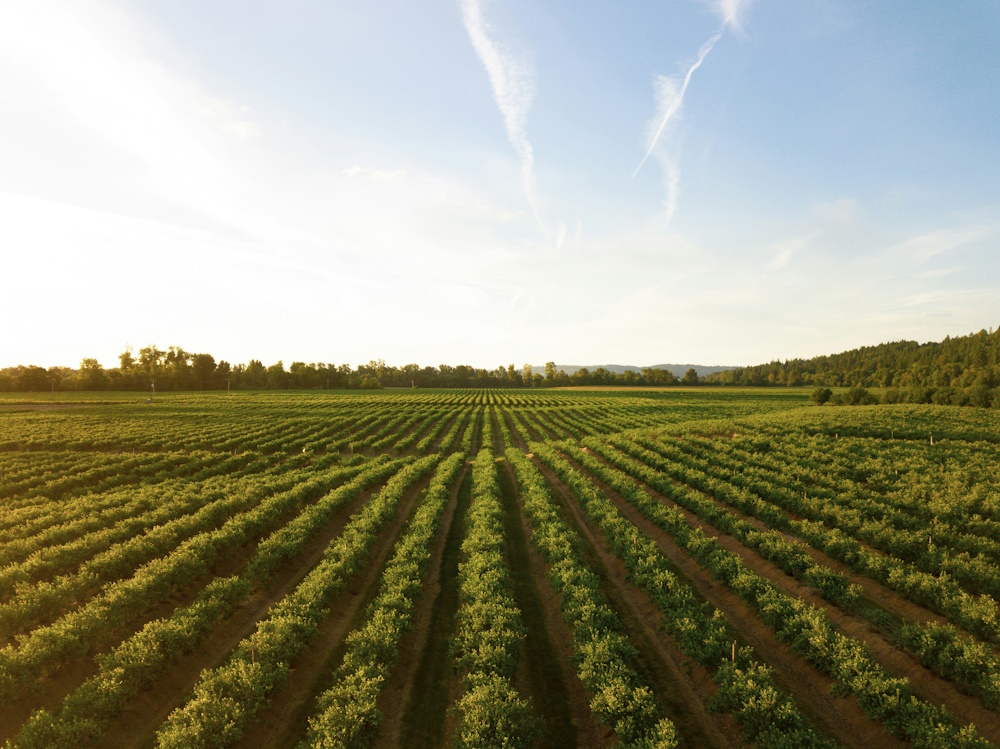With a million species at risk of extinction, the textile industry has a crucial role to play in restoring our natural ecosystems.
It produces around 10% of global emissions and 20% of global wastewater, and every second, the equivalent of one garbage truck of textiles is estimated to be landfilled or burned. These issues are particularly severe when they occur in biodiversity hotspots and threaten vulnerable local species. This is the case of Turkey’s Büyük Menderes basin, home to many endangered animals, 49 endemic plant and fish species, and 60% of the country’s textile exports.
To finance more efficient and cleaner textile production methods in the basin, WWF developed a guarantee-backed lending mechanism to support cleaner textile production – a model that relies on the provision of commercial loans to textile manufacturers, with the backing of brands as offtakers.
A new way of scaling up investments in cleaner textile production
WWF’s model was developed into a CPIC conservation finance blueprint. CPIC blueprints help implement, scale and replicate investments across critical conservation areas, such as forest conservation, sustainable agriculture and coastal regions and fisheries.
They describe a project’s conservation outcomes, its business model and investment structure. This allows investors to quickly understand the cash flows, risk management strategies, potential project partners, and conservation impacts of an investment. Blueprints also help project developers build their investment case by providing a template that focuses on what investors are most interested in.
Four years after the start of WWF’s project in the Büyük Menderes basin, seven textile companies in the basin have already invested €6.5 million in more efficient production techniques, saving 1.5 million cubic meters of water. An additional 12 have committed to invest and help local manufacturing plants to adopt more sustainable production processes.

The investment model of the WWF Clean Textile Production Blueprint
This particular blueprint demonstrates a strong investment case, with investments recovered within just half a year through reduced water, chemicals and energy use. Not all of CPIC’s blueprints have such a short recovery time for investments, and some have less favorable risk/return ratios. These can include longer time horizons — in the case of landscape-level investments, for example — below market-rate returns, or small deal sizes.
Several mechanisms are available to address those challenges. These include blended and local development finance, guarantee mechanisms, and credit lines to bundle loans. In the case of Büyük Menderes, brands acted as offtakers and donors, and WWF worked with local banks to access development finance. This reduced the risk for the textile manufacturers and improved their understanding and acceptance of the lending mechanism. Partnering with stakeholders within and beyond the textile value chain, and aligning the goal of reducing local water pollution with the one of improving the industry’s competitiveness, helped secure widespread support for the project.
Replicating proven conservation investment models
The WWF CPIC blueprint can be replicated in other regions of Turkey, and in other countries with developed textile supply chains, including Tunisia, Egypt, and India. Given the scalability of this model, WWF is working on a toolkit to support its replication, which will be available by the end of 2021.
Replicating CPIC blueprints follows three key steps, all highlighted in the Blueprint Development Guide. Potential investment models must identify:
- where the conservation needs are greatest;
- where the existing model is commercially feasible; and
- where it is politically and socially feasible.
By capturing the successful financial transaction structures in blueprints, CPIC aims to orient private investors in the emerging asset class of conservation finance. CPIC will continue sharing insights from its 12 existing blueprints, focusing on target regions with the greatest environmental and financial potential for replicating these models.
Want to develop, replicate or promote a blueprint? Get in touch.
Find out more about the CPIC blueprints here.
The Cleaner Textile blueprint was presented during a webinar co-hosted by CPIC and the Conservation Finance Alliance. Watch the recording below.



